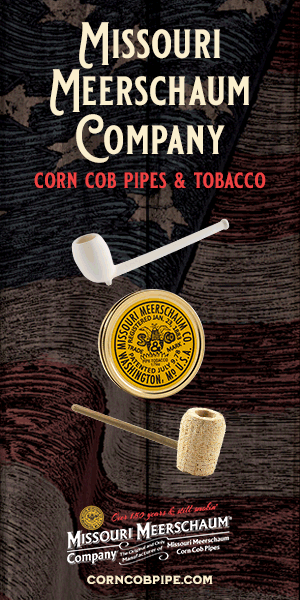OK you are all sort of partially right! Mr. Ancient pipe dude will now answer your question in nauseating detail as he has done about three times before over the last few years. The foot on the pipe does act as handle so you don't burn your finger prints off your fingers when the clay pipe heats up. Earlier examples from the 1780s had a wider foot that was shorter so you could rest the thing on a table, probably while it cooled off. The later examples like the Victorian meerschaum pipes had very thick and prominent foot on the base of the bowl and this acted as a form of heat exchanger and whilst it sounds crazy it is true as I learnt this fact from an 80 odd year old Parisian carver in 1982. The brass decoration on the above pipe also acts as a heat exchanger. Those of you with a scientific bent will know brass/copper radiates heat faster than wood and thus acts as a very simple heat exchanger especially if the pipe is smoked outside in a breeze.








